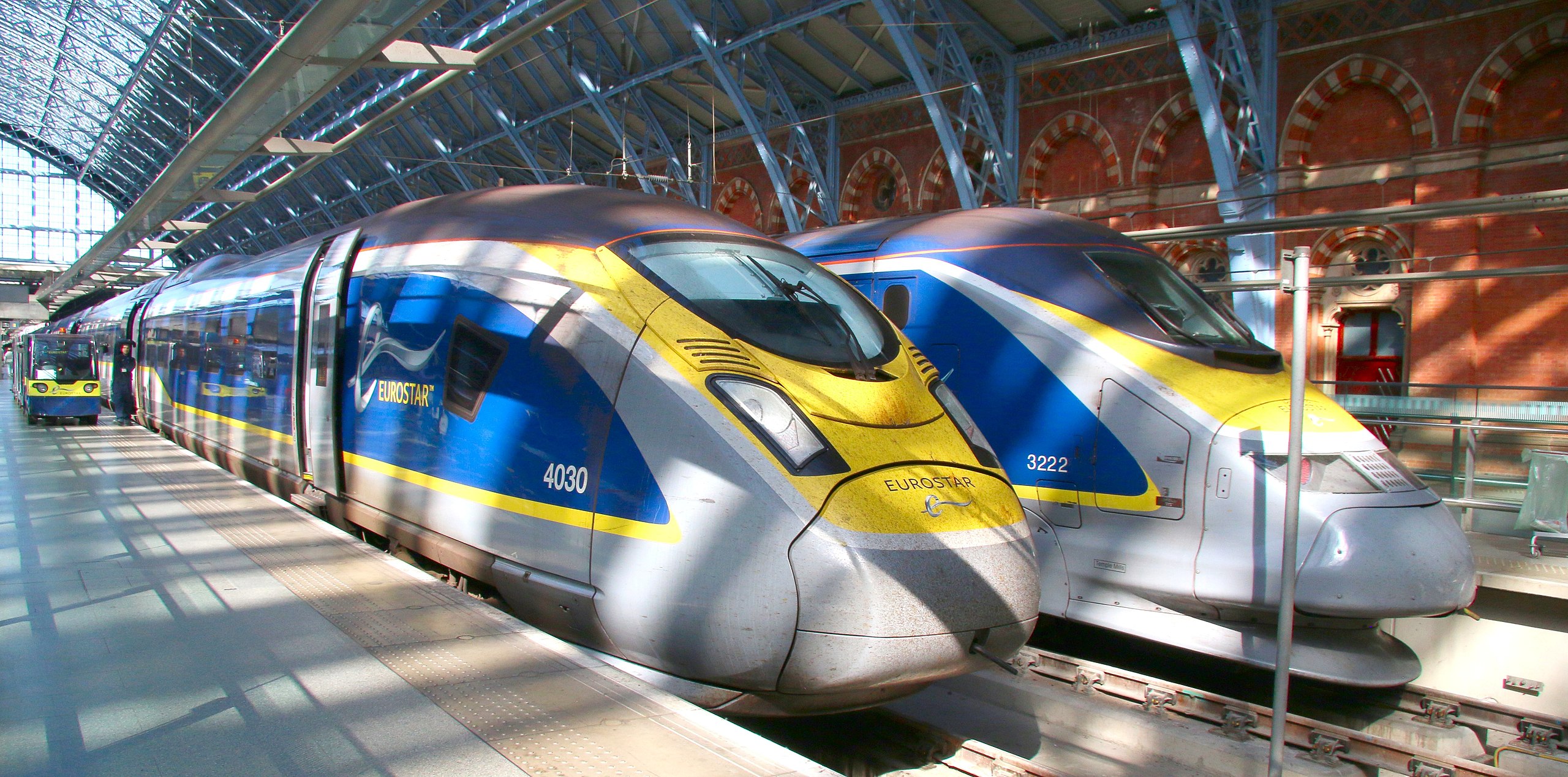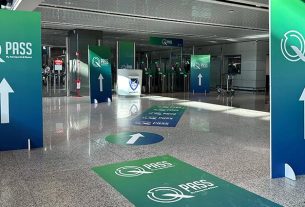The Channel Tunnel, a vital link between the UK and mainland Europe, is set to witness a surge in competition as several new high-speed rail operators prepare to challenge Eurostar’s longstanding monopoly. These developments align with the European Union’s broader push for railway liberalization, aiming to enhance connectivity and offer more sustainable travel options.
Emerging Competitors
- Evolyn: A Spanish-led startup, Evolyn plans to launch a high-speed service between London and Paris by 2025, with full operations expected by 2026. The company has secured agreements for 12 high-speed trains from Alstom, with an option for four more. Evolyn aims to provide a modern, sustainable alternative to existing services, with non-stop routes between London St Pancras and Paris Gare du Nord.
- Trenitalia: Italy’s state railway company, Trenitalia, is investing €1 billion to introduce a high-speed rail service connecting London and Paris by 2029. This initiative is part of Trenitalia’s strategy to expand its presence in the European rail market and offer competitive alternatives to air travel.
- Virgin Group: Sir Richard Branson’s Virgin Group is reportedly preparing to place a £500 million order for high-speed trains to compete with Eurostar. The proposed service would initially connect London with Paris and Brussels, later expanding to other European cities. Virgin’s entry into the market underscores the growing interest in cross-Channel rail services.
- Gemini Trains: Chaired by Lord Tony Berkeley, Gemini Trains has announced plans to offer services from London and Ebbsfleet to Paris and Brussels. The company is seeking approval from the UK’s Office of Rail and Road for an operator’s license and access to the Channel Tunnel railways.
Challenges and Opportunities
While the influx of new operators promises increased competition and potentially lower fares, several challenges remain. Access to essential infrastructure, such as the Temple Mills maintenance depot in East London, is a significant hurdle. Eurostar currently claims full capacity at this facility, limiting space for new entrants. Negotiations with the UK rail regulator are ongoing to address these access issues.
Additionally, the capacity of London’s St Pancras International station to handle increased traffic from multiple operators is a concern. Efforts are underway to expand and modernize the station to accommodate the anticipated growth in services.
Future Outlook
The entry of multiple high-speed rail operators into the Channel Tunnel market is set to transform cross-Channel travel. Increased competition is expected to lead to more frequent services, improved amenities, and potentially lower fares for passengers. However, the success of these initiatives will depend on overcoming infrastructure challenges and securing regulatory approvals. If these obstacles are addressed, the Channel Tunnel could become a more vibrant and competitive hub for international rail travel.
Eurostar Picture on Wikimedia by kitmasterbloke



